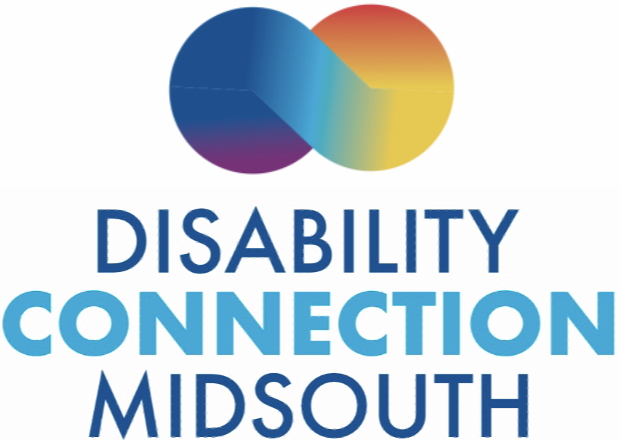Gov. Haslam introduces "Insure Tennessee"
Tennessee Governor Bill Haslam has just announced a new pilot Medicaid Expansion plan to “close the gap.” Tennessee had not expanded Medicaid with the creation of the Affordable Care Act and has been ignoring millions of dollars of federal money to close the gap from traditional Medicaid and the new health care subsidies.
Today the governor announced a two-year plan called Insure Tennessee that will cover tens of thousands of citizens that currently do not have health insurance.
The governor called the plan an alternative approach and is a “unique Tennessee solution.”
The Tennessean reported that the major principles of the governors plan were: A fiscally sound and sustainable program; Providing two new private market choices for Tennesseans; Shifting the delivery model and payment of health care in Tennessee from fee-for-service to outcome-based; Incentivizing Tennesseans to be more engaged and to take more personal responsibility in their health and preparing participants for eventual transition to commercial health coverage.
The pilot program will provide Tennesseans 21 to 64 years old a choice of the Healthy Incentives Plan or the Volunteer Plan. The Volunteer Plan is to provide a health insurance voucher to participants that would be used to participate in their employer's health insurance plan. The voucher, valued at slightly less than the average TennCare per-enrollee cost, can be used to pay for premiums and other out-of-pocket expenses associated with participation in an individual's employer sponsored private market plan. People who choose the Healthy Incentives Plan may receive coverage through the TennCare program.
Under the federal Affordable Care Act, states can expand the income and eligibility requirements on their Medicaid programs to help cover individuals in the gap between Medicaid and health care plans. The federal government pays the initial cost and will share the cost with states in about 2020, with the states only paying ten percent.
The criteria are set by federal poverty guidelines, allowing people who earn up to 138 percent of federal poverty guidelines to qualify. That's $16,104 for a single person and $32,913 for a family of four.


No comments:
Post a Comment